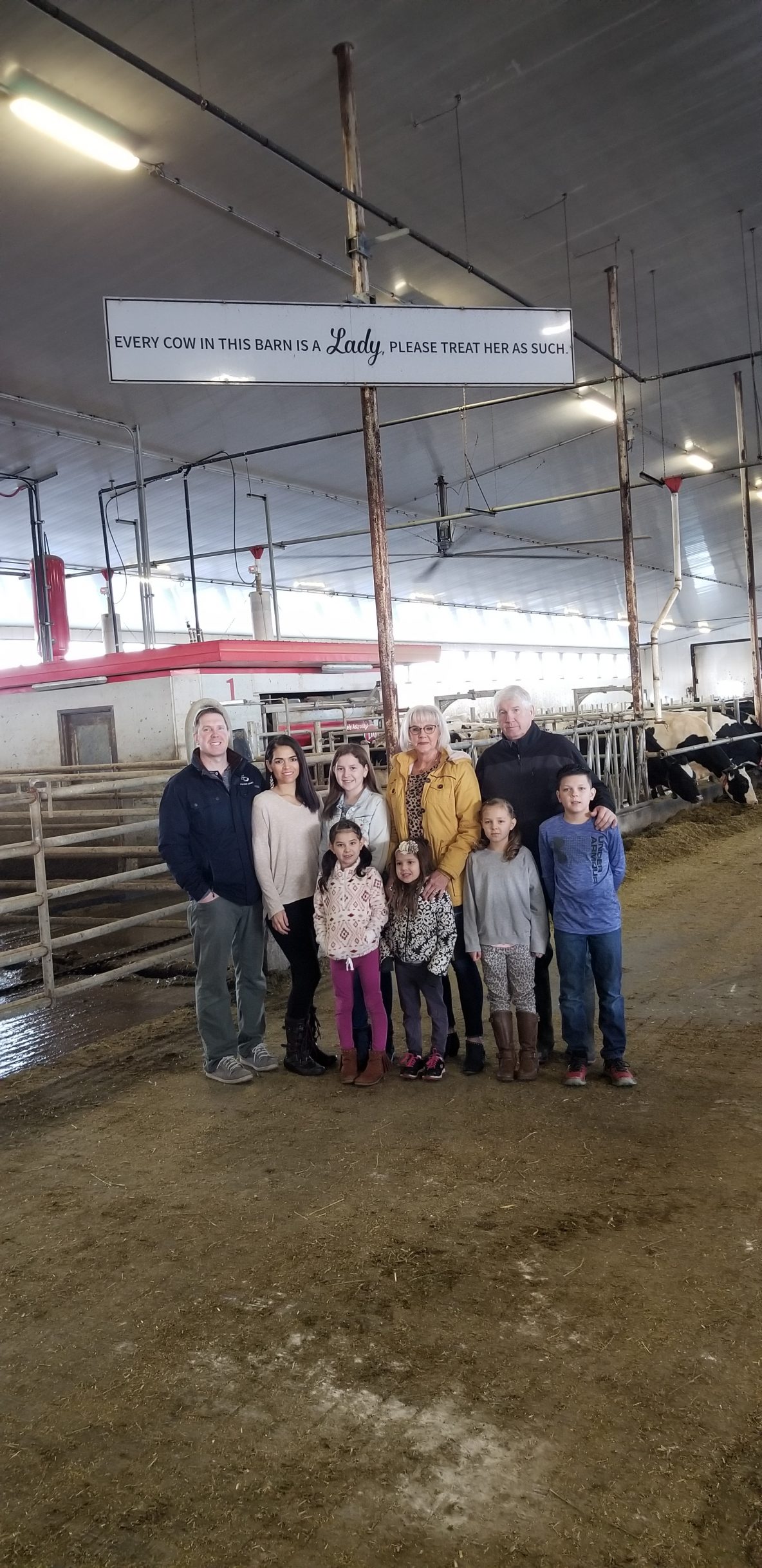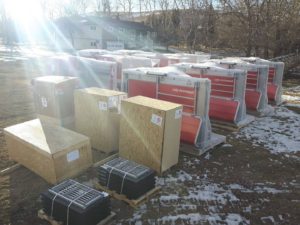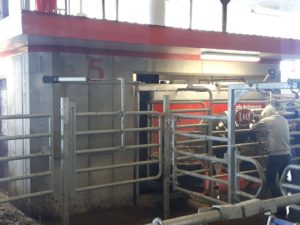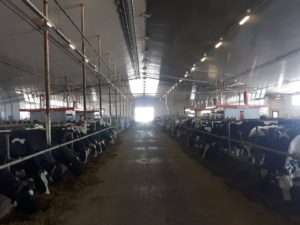The search for more is usually what triggers a producers’ research into Automated Milking – whether it’s more liters, an expansion, or more freedom – all of which the Lely Astronaut can offer, which is exactly what Chad Folsom of Folsom Dairy in Alberta discovered.
A fifth-generation farmer, Chad was milking 300 cows in a double-12 parallel parlor. Feeling the squeeze of being maxed out on space, the search for a solution was on. The move to the new barn saw a two-liter increase per cow on a daily average, which wasn’t quite enough, so the decision to test three milkings per day was made. Although the herd was averaging 35 to 36 liters per cow per day, it was tough on the animals, so the family returned to two milkings per day, and decided automated was the way to milk from here on out.
After touring a number of rotary parlors, they were still hesitant about sticking with a parlor milking system. Although there were labor savings to be had, the similarities to their current situation couldn’t be overlooked.
Robotic Milking with Lely was the Choice for Folsom Dairy
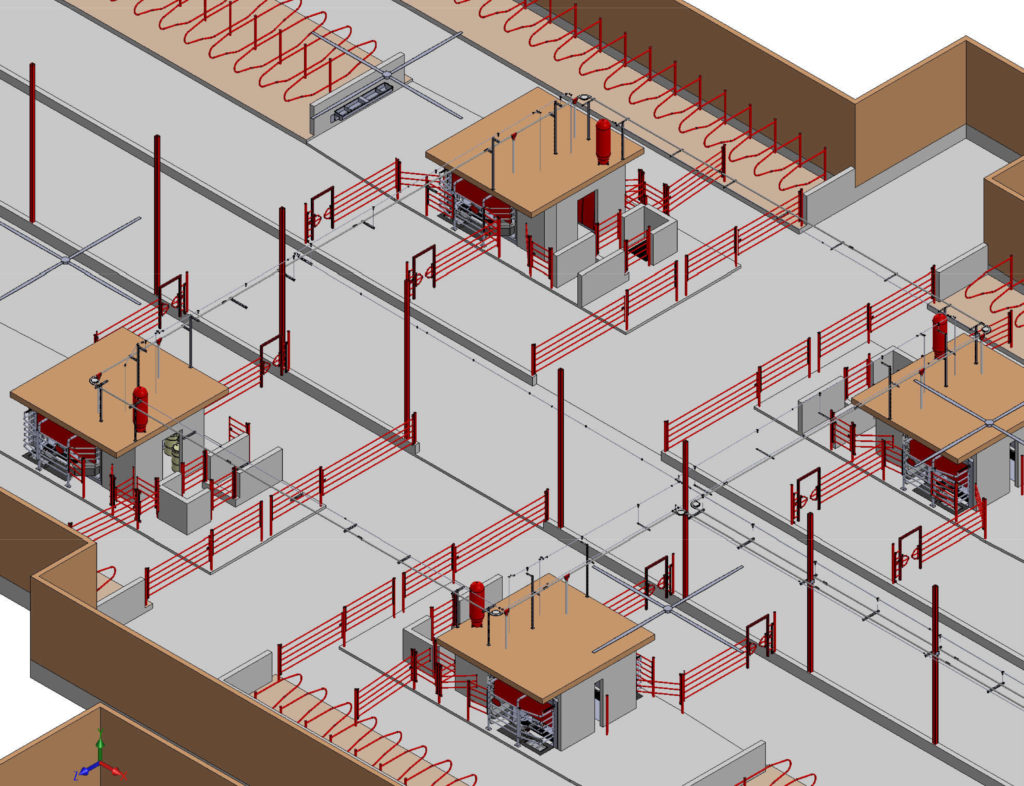
Chad observed a consistent feeling of satisfaction from the farmers, throughout the many robotic milking barns he toured in the Upper Midwest. ‘When we toured other robotic facilities, there was never anyone unhappy they put the robots in.’ And so began the quest for the perfect barn layout for Folsom Dairy.
Working with the Penner Farm Services Alberta Dairy Team alongside Lely North America, the group explored a sampling of Dairy XL facilities and layouts, before settling on a tollbooth configuration, allowing for smaller robot rooms while still serving two robots each. The barn features 10 Lely Astronaut A5 milking robots, split into two groups with 110 freestalls for each group. The tollbooth layout also allowed for eight of the robots to be located within 60 feet of each other.
Prior to the robots, the herd average was roughly 32 liters per cow, per day. Chad was hoping for an increase over the next several months to roughly 35 – 37 liters per cow per day. A pleasant surprise of an immediate increase to 42 liters per cow, per day was seen just three weeks into robotic milking. Since then, a slight change in feed and temperature has levelled the herd off to an average of 39 liters per cow per day – a dramatic 20% increase from parlor milking. “The benefits that you get from the robots are so much better than anything else on the market. You get labor savings, cow stress level savings, herd health savings, and so much more. Anyone who is considering robots should stop considering and just go for it.”

